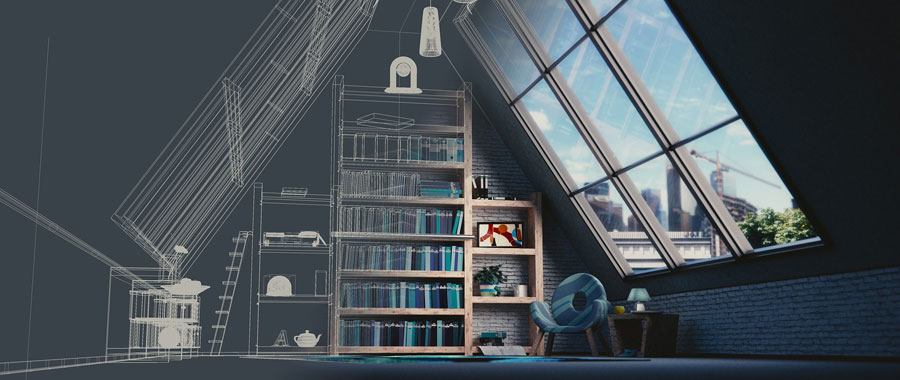In a period of just a few short decades, our world and the way we function has changed significantly. Much of it was transformed due to multiple technological advancements and breakthroughs that occurred over the years. Nowadays, so many industries rely on technology to make their day-to-day operations easier, faster, safer, and more efficient. Architecture is no different.
In fact, technology has become a major component in the process of designing and building different structures. It’s made the job easier for architects and builders, and it’s also made things much more convenient for clients, too. In this article, we’ll be exploring the immense effect of technological development on architecture and how it continues to improve the process of designing and building structures from start to finish.
3D printing as key to building better and stronger structures
Innovative technologies such as 3D printing are taking the architecture world by storm, and it’s easy to see why. Relying on a 3D printer and a CAD program, it produces physical models for designers and architects to work with. The multitude of customisation options let designers create high-quality, customised models, saving them both time and labour. And in case you need to edit the model, you can simply reprint an updated version of it.
Aside from giving architects and designers a chance to accurately present their work, the innovative technology can also be used to 3D print not just small parts but entire structures. From homes to buildings to bridges, the list of things that have the potential to be 3D printed is growing by the day, and it’s just a matter of time until this cutting-edge technology becomes an integral part of the everyday building and design processes.
3D rendering and architectural animation make projects come to life
Other than helping designers and architects build better and stronger structures, technological developments in the field of 3D printing and rendering are having a positive impact on the entire design process as well. The ability to produce clear, detailed, and precise images along with 3D animated videos can make the overall design project feel much more realistic to the clients. Thanks to technologies such as Architectural Animation Services, clients can now clearly envision the result rather than being left wondering. They can visualise the space, dimensions, and the layout more easily while also understanding the project’s advantages and capacities.
The best part? There’s no more need for old-fashioned sketchbooks that architects used to store in their offices. With digital sketchbooks rapidly gaining in popularity, displaying and saving renderings has never been easier.
Virtual reality (VR) as a powerful tool for visual presentation
Creating 3D animated videos goes a long way in helping architectural projects come to life. These animated videos are often the base for the next step in visual presentation – virtual reality. By simply providing them with a VR headset, architects can now make it easy for clients to explore renderings as they please.
During their virtual house tour, they can walk around, open windows, and walk down the hallways. Basically, they get to immerse themselves in this alternate, architectural scenario and take a closer look at the building’s design. Not only does this result in an amazing first-hand experience of the structure, but also gives clients a glimpse into what it would be like living in that property. As for the architect, they get to make necessary adjustments in real-time, impress their clients, and gain competitive advantage.
Smart technology as an integral part of a modern building design
digital era means we’re surrounded by smart devices 24/7. As such, it comes as no surprise that more homebuyers are looking for homes that are intelligent as well. The way architects and builders are addressing this demand for smarter homes is by integrating a number of different smart technologies into the building design.
From smart thermostats to HVAC systems to lighting, technologies like these make day-to-day life easier, simpler, safer, and more productive. They boost homeowners overall comfort and security while making homes themselves more efficient. And since they’re highly customisable, they give homeowners a chance to create an environment that fits their unique lifestyle. With smart homes slowly becoming the norm, we can expect more structures to be built with innovative technologies in mind.
Wrapping up
There’s no denying the immense impact technological development has on the field of architecture. While its foundations remain the same, many of its areas will only improve with the adoption of new technology. Both of them will continue to evolve with time, contributing to better, more functional designs and efficient, more productive lives.
Author Bio
Eve Anderson is a marketing specialist turned blogger. Interested in sports and exciting travel destinations. Love to share content that can inform people.





